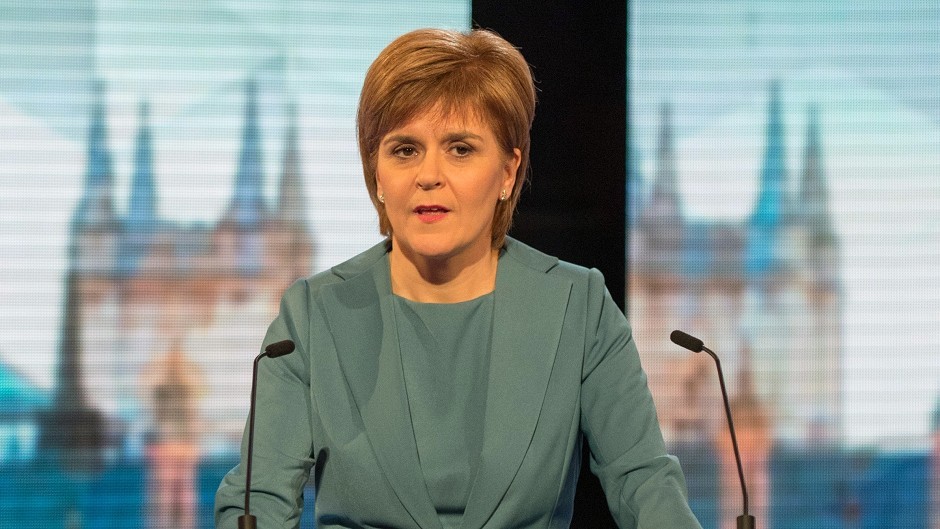The SNP might have candidates only in Scotland but it is winning the campaign on Twitter nationwide, according to the latest social media data.
SNP leader Nicola Sturgeon has been the most talked-about politician on Twitter since the campaign began, and unlike the other main parties, every SNP candidate has a Twitter account.
By contrast, Ukip has only 52% of its candidates on Twitter.
The SNP is also beating the main parties in approval ratings.
Data collected for the Press Association shows how the party is punching above its weight.
More than 70% of the SNP’s 162,880 mentions since April 1 were positive, according to Adoreboard, a technology start-up company based at Queen’s University in Belfast.
Dr Fergal Monaghan, a data scientist at Adoreboard, said: “Overall the SNP party have outperformed the main traditional parties on Twitter since the start of the election.
“According to the results of our General Election Index which ranks party performance based on sentiment on a scale of -100 to +100, the SNP scored the highest with 53 points. This compares to the traditional main UK parties such as Labour with 38 points, Lib Dems with 21 points and Conservatives with 13 points.”
He attributed the party’s performance to the sheer volume of tweets as well as the popularity of its leader.
Dr Monaghan added: “Nicola Sturgeon is considered authoritative, ministerial, in tune with public opinion and dominated both of the leaders’ debates.
“Sturgeon also benefits from the fact that she has been included in both of the leaders’ debates, where all three female leaders have performed strongly according to positive mentions on Twitter.”
Research by Adoreboard suggests there is higher trust associated with female leaders, which could be working in Ms Sturgeon’s favour.
Gary McKeown, an expert in communication and emotions at the School of Psychology at Queen’s Belfast, said: “(Trust) is central to whether voters will see them as likely to keep the promises they are making in the run-up to the general election.
“Those looking to build trust during the general election will need to focus on transparency and be seen to be honest and fair.”
Communications company Bell Pottinger has also judged Ms Sturgeon to be the most-mentioned politician on Twitter.
It found that during the SNP’s manifesto launch on April 20, the party was mentioned more than 9,000 times and @NicolaSturgeon was tagged more than 5,100 times.
Bell Pottinger digital executive Jamie Bomford said: “In last year’s independence referendum, the party’s leadership were mistakenly told that the Yes camp’s online lead pointed to a clear victory, regardless of what the traditional polls said.
“This year the SNP are well ahead in the polls too – though support for independence seems to be declining even as the party rises.”
